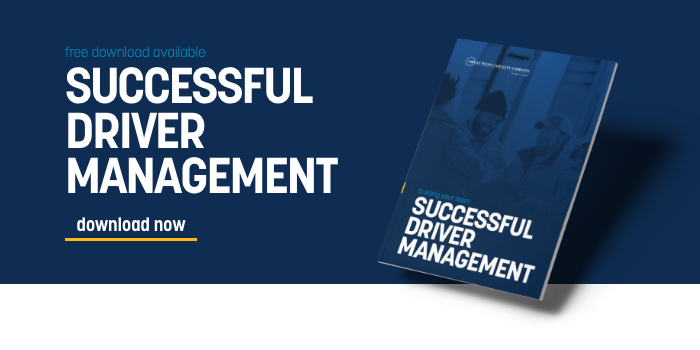Try blended learning to improve safety training

Are your safety meetings effective? The traditional instructor-led approach involves one person standing in front of a group of drivers, telling them what they think the drivers need to know. This delivery method may work in some cases, like explaining a new regulation, but it is less effective when trying to change behavior (ex. prevent a rear-end crash).
In reality, each worker has a learning preference. Some learn best by doing, while others may prefer online, self-paced learning. Attempting a one-size-fits-all approach to safety training could be the reason your training efforts are unsuccessful and not achieving your desired results. To improve your results, consider using a blended-learning approach to reach a broader range of learning styles.
Blended learning involves using more than one delivery method to conduct training, for example, combining face-to-face instruction with online learning or hands-on demonstrations. Analysis on the front end to determine the appropriate learning objectives, audience, and training location can help you determine the best delivery method(s). Below are some examples of various training delivery methods.
INSTRUCTOR-LED TRAINING (ILT)
Instructor-led training is common in a face-to-face classroom setting, such as new employee orientation. The benefit of ILT is live interaction between instructor and audience, as well as learner-to-learner. Facilitating discussion and allowing learners to share their experiences increases audience engagement and promotes learning. However, ILT can have its limitations, depending on the learning objectives. For instance, if the objective is to have a driver master a skill like backing up a truck, classroom training alone will not suffice. Instead, blend classroom instruction with a hands-on demonstration to be more effective.
VIRTUAL INSTRUCTOR-LED TRAINING (VILT)
Virtual instructor-led training involves a live presenter in an online environment. Zoom, WebEx, and other virtual meeting tools jumped to the forefront during COVID-19 but have been around for some time. For motor carriers, VILT is a great way to conduct training with remote workers and also keep them engaged with the company while on the road.
ONLINE TRAINING
An example of online safety training is a video learning library. One drawback to using videos is that it is easy for learners to multitask during a video and lose interest. To keep learners engaged, couple the video with other activities, such as VILT, breakout rooms for discussion, quizzes, etc.
COACHING AND MENTORING
Coaching and mentoring are two different ways to actively engage a learner. Both can be used to reinforce training delivered through other methods, like discussing content covered in a video. Coaches and mentors can also hold an employee accountable for completing assigned training.
CALL TO ACTION
-
Solicit employee engagement ideas from all employees, and choose three to implement.
-
Implement the three employee engagement ideas with a specified completion date.
-
Survey employees six months post-implementation to measure the effectiveness of the three initiatives.
Note: These lists are not intended to be all-inclusive.
The information in this article is provided as a courtesy of Great West Casualty Company and is part of the Value-Driven® Company program. Value-Driven Company was created to help educate and inform insureds so they can make better decisions, build a culture that values safety, and manage risk more effectively. To see what additional resources Great West Casualty Company can provide for its insureds, please contact your safety representative, or click below to find an agent.
© Great West Casualty Company 2020. The material in this publication is the property of Great West Casualty Company unless otherwise noted and may not be reproduced without its written consent by any person other than a current insured of Great West Casualty Company for business purposes. Insured should attribute use as follows: “© Great West Casualty Company 2020. Used with permission by Great West Casualty Company.”
This material is intended to be a broad overview of the subject matter and is provided for informational purposes only. Great West Casualty Company does not provide legal advice to its insureds, nor does it advise insureds on employment-related issues. Therefore, the subject matter is not intended to serve as legal or employment advice for any issue(s) that may arise in the operations of its insureds. Legal advice should always be sought from the insured’s legal counsel. Great West Casualty Company shall have neither liability nor responsibility to any person or entity with respect to any loss, action, or inaction alleged to be caused directly or indirectly as a result of the information contained herein.





